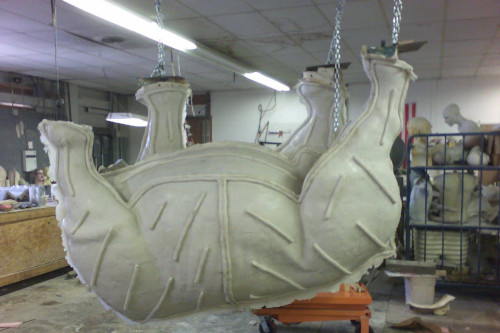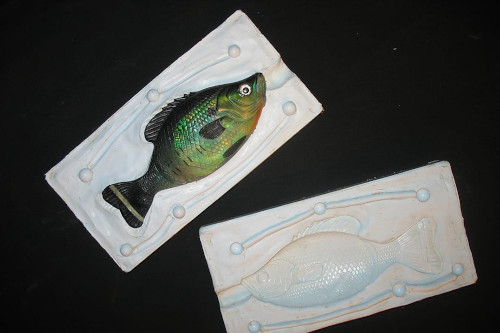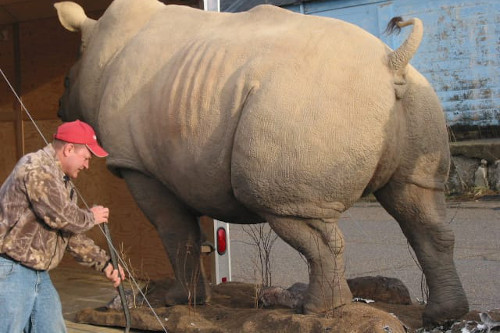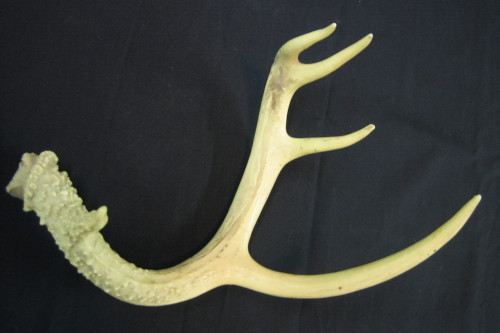Taxidermy
Reproduce wildlife and outdoor scenery with Polytek® mold making and casting materials

Polytek® mold making and casting materials are used in many aspects of taxidermy to produce realistic wildlife and themed environments. Silicone mold rubbers are most often used to make flexible molds of real or sculpted antlers, claws, feet, noses, rocks and other scenery, and many other parts that need to be replicated in plastic or foam.
Casting materials, such as polyurethane plastics and polyurethane foam, are then poured into these silicone molds to produce finished parts for display.
Select a product line below to learn more:
Polyurethane Materials

Polyurethane Plastics: Rigid & Semi-Rigid
Taxidermists use Polytek® polyurethane casting plastics to produce a number of different wildlife parts and scenery. From fast-setting resins to water-clear options, almost any color, size, shape, weight and appearance can be achieved by using these systems.

Polyurethane Foam
PolyFoam rigid polyurethane foams can be used to cast finished pieces or can be used to backfill other casting mediums such as polyurethane plastic.
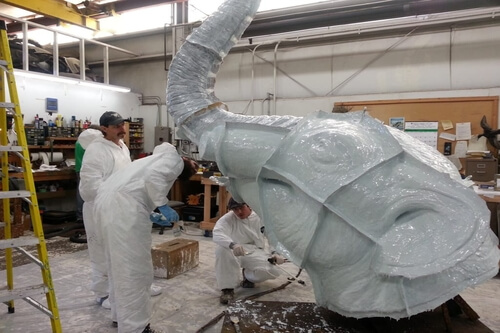
Polyurethane Rubber
Polytek® polyurethane mold rubbers are most often used when casting reproductions in plaster and concrete and limited resin casting. Polyurethane molds are economical and long-lasting.
Silicone Materials
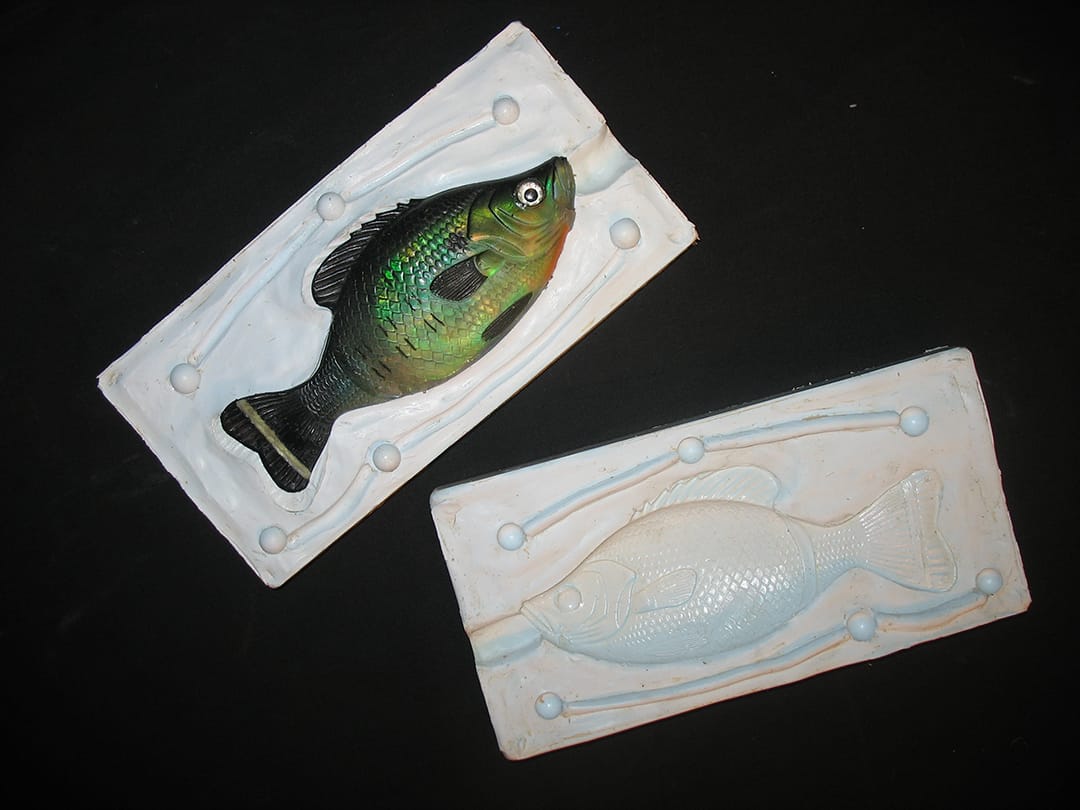
Silicone Rubber
Platinum-cured (PlatSil®) and tin-cured (TinSil®) silicone rubbers are the mold rubbers of choice for taxidermists because of their excellent release properties. Release agent is not required when casting polyurethane plastics and foams in these silicone molds, which makes painting the finished parts much easier.
Application Examples
